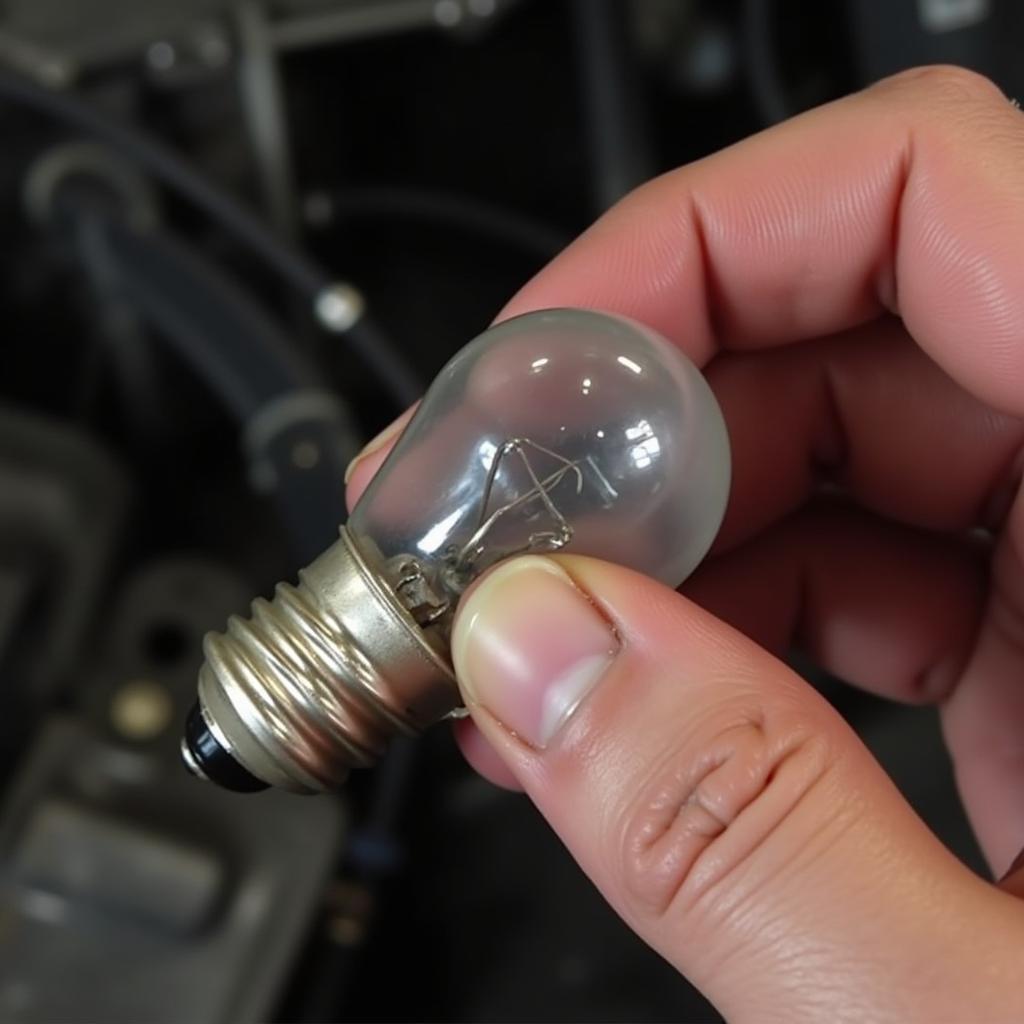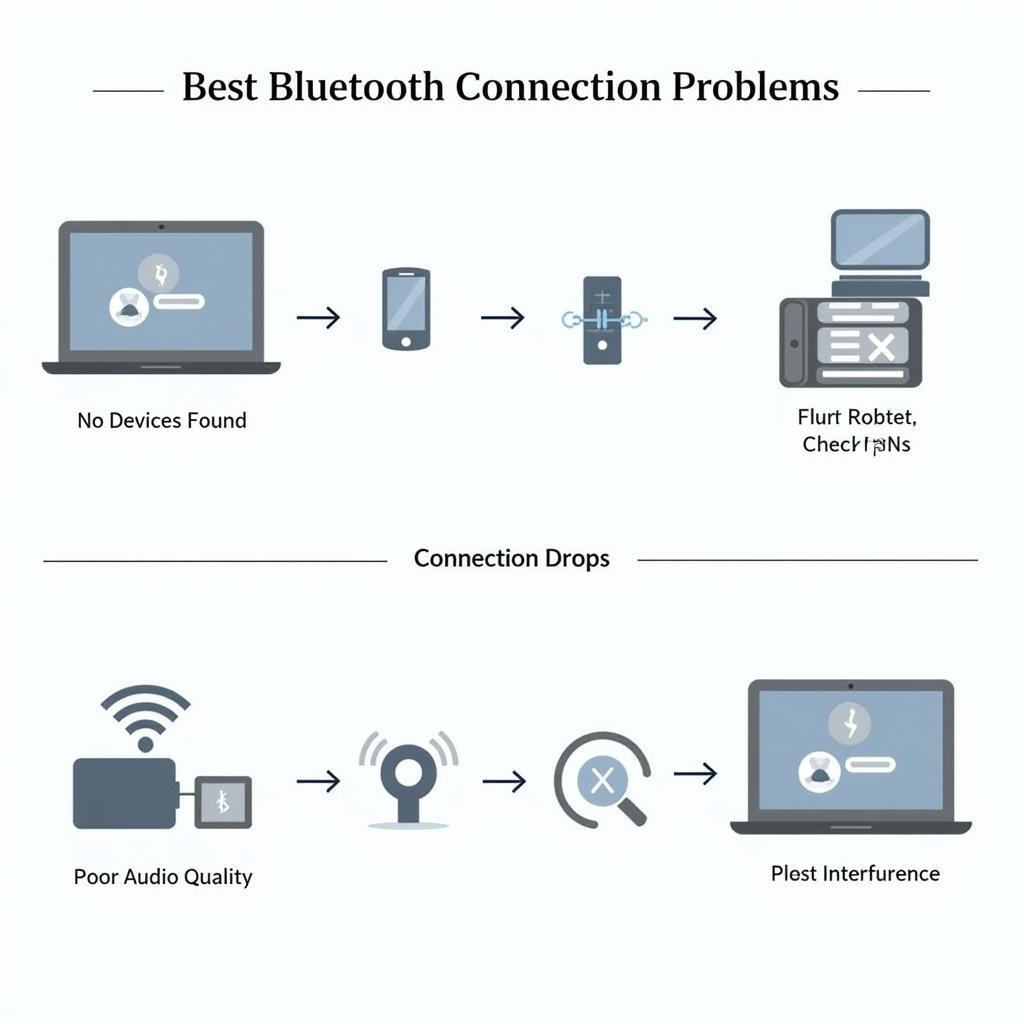If you own a 2011 Ford Escape, you may have encountered the dreaded brake light warning. This warning light on your dashboard indicates a problem with your vehicle’s braking system, specifically with the lights that illuminate when you apply the brakes. Ignoring this warning could lead to dangerous driving conditions, as other drivers may not be aware that you are slowing down or stopping. This comprehensive guide will delve into the common causes of a 2011 Escape brake light warning and provide practical solutions to help you resolve the issue.
Common Causes of a 2011 Ford Escape Brake Light Warning
Several factors can trigger the brake light warning on your 2011 Escape. Understanding these causes can help you diagnose the problem accurately and efficiently:
-
Blown Brake Light Bulbs: This is the most common culprit behind a brake light warning. Like any other bulb, brake light bulbs have a limited lifespan and can burn out over time.
-
Faulty Brake Light Switch: The brake light switch, located under the dashboard near the brake pedal, is responsible for activating the brake lights when you depress the pedal. A malfunctioning switch can disrupt this signal, causing the brake lights to stay on constantly or not illuminate at all.
-
Blown Fuse: A blown fuse in the brake light circuit can also cause the warning light to appear. Fuses protect electrical components from power surges, and a blown fuse indicates a potential short circuit or overload in the system.
-
Wiring Issues: Damaged or corroded wiring in the brake light circuit can disrupt the flow of electricity, leading to malfunctioning brake lights.
-
Faulty Brake Light Socket: Over time, the brake light sockets that house the bulbs can become corroded or damaged, preventing the bulbs from making proper contact and illuminating.
 Blown Brake Light Bulb
Blown Brake Light Bulb
Troubleshooting the Brake Light Warning
Before heading to a mechanic, you can try some simple troubleshooting steps to identify the root cause of the problem:
-
Inspect the Brake Light Bulbs: Begin by inspecting all three brake light bulbs – two on each side of the vehicle and one in the center of the rear windshield. If you find a blown bulb, replace it with a new one of the same type and wattage.
-
Check the Brake Light Fuse: Consult your owner’s manual to locate the brake light fuse in the fuse box. Carefully remove the fuse and inspect it for any signs of damage, such as a broken wire or a blackened metal strip. Replace a blown fuse with a new one of the same amperage rating.
-
Test the Brake Light Switch: Locating the brake light switch may require some maneuvering under the dashboard, but you can test its functionality by depressing the brake pedal and listening for a clicking sound. If you don’t hear a click or the click sounds faint or inconsistent, the switch may need replacement.
Seeking Professional Help
If the troubleshooting steps fail to resolve the brake light warning or you suspect a more complex issue, it’s crucial to seek professional help. A qualified mechanic can diagnose the problem accurately using specialized diagnostic equipment and perform the necessary repairs. They can also inspect the entire brake light circuit for any wiring issues or other hidden problems.
“Many car owners underestimate the importance of a functioning brake light system,” says John Smith, a certified automotive electrician with over 15 years of experience. “Brake lights are crucial for communicating your intentions to other drivers, especially in low-light conditions or during emergencies. Neglecting a brake light warning can increase the risk of accidents.”
Conclusion
Addressing a brake light warning on your 2011 Ford Escape is essential for ensuring your safety and the safety of others on the road. By understanding the common causes and following the troubleshooting steps outlined in this guide, you can often resolve the issue quickly and efficiently. However, if you encounter difficulties or suspect a more complicated problem, don’t hesitate to consult a qualified mechanic. Remember, a properly functioning brake light system is crucial for preventing accidents and ensuring a safe driving experience.

